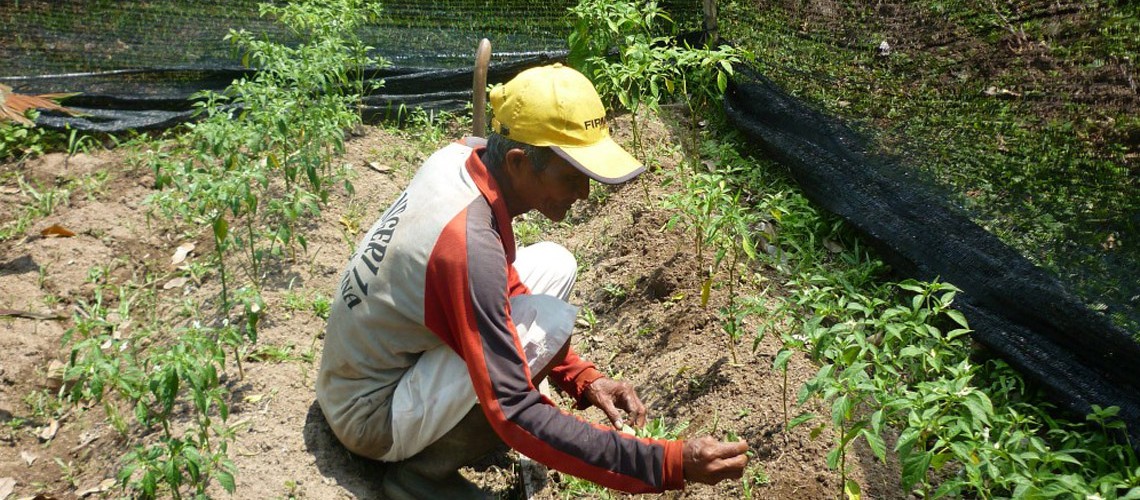By Dwi Yandhi Febriyanti, Evironmental Education Manager
The blue sky overshadowed the roar of our car as we drove towards the Nanga Tayap District. The next three days, February 9th-11th, would be my first experience as the GPOCP Environmental Education Manager carrying out an expedition to the remote regions of the Ketapang Regency. On this trip, I was joined by three of my environmental education teammates, Haning Pertiwi, Simon Tampubolon, and Petrus Kanisius.
Expeditions are routinely carried out by the GPCOP Environmental Education Team, but during the COVID-19 pandemic, this activity has been a bit difficult to implement because for many months there were no in-person activities at schools. We usually call this expedition the “KesLing” Expedition (Kesehatan Lingkungan, or Environmental Health). This activity is carried out in collaboration with another local NGO, Alam Sehat Lestari (ASRI), who host a mobile health clinic while we hold education and outreach programming. The objective of this KesLing expedition was to visit two villages, namely Pangkalan Telok Village (specifically the Jihing area) and Mesubang Village (in the Bayangan area). These two villages are directly adjacent to Gunung Palung National Park.

The journey to get to these remote areas takes 6 hours, with one break for lunch – a long time to travel to a village within the same district! During the trip I enjoyed much of the scenery, though the beautiful forest views were disrupted by the vast palm oil plantations that we had to pass to get to the two villages. I remember that we had to go through the oil palm plantations for almost two hours. Imagine if we calculated how much palm oil is produced from those plantations!

Once we arrived that afternoon, we began installing screens and projectors in preparation for our educational film screening that evening. The educational film screenings, which took place in the yard in front of the village mosque, ran smoothly, and attracted quite a large audience. The goal of the film screening is to be a medium for public awareness, so that participants can gain a greater appreciation for the environment. We carried out the screening of the film for two nights during our stay in Jihing.
Our first school activity, on the second day of the expedition, was to visit Nanga Tayap Primary School. We had the opportunity to teach about forest benefits and functions. This material was delivered to students in grades 4-6 at the school. The students learned about forests, and their benefits and functions for humans and the maintenance of healthy ecosystems, as well as the consequences that happen if forests disappear. Activities continued through the afternoon, when students took trips around the village, learning about the biodiversity in their own backyards. They learned that many of the plants that surround them are beneficial for everyday life. The activity ended with each child sharing about the plants or animals they saw, and explaining how they benefit humans and why they are important.

The last activity of this KesLing Expedition was to visit another primary school Nanga Tayap, as well as Satap Nanga Tayap Junior High School, both of which are in Bayangan, Mesubang Village. This time we were divided into two teams – Haning and I were in the primary school, while Simon and Petrus were in the junior high school. The Forest Benefits and Functions lesson was delivered again to the students in grades 4-6. We discussed the plants around the school yard which are beneficial for life. Meanwhile, at the junior high school, students learned about climate change and its impact on living things. This lecture was attended by students in grades 7-8.
Throughout my first expedition, I was so happy to see the excitement from students and their curiosity about the material they were learning. After three days, we made the long journey back to our office in Ketapang. I am already looking forward to the next time I am able to lead an expedition!











